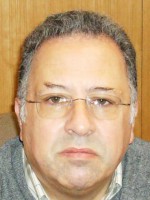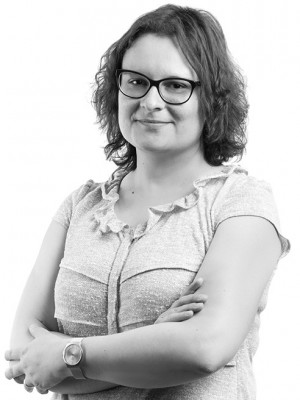abstract
Multilayer ceramic and salt composite cells were prepared superimposing up to seven alternate layers of Ce0.9Gd0.1O1.95 (CGO) and mixtures of Na2CO3 (NC) and Li2CO3 (LC), with final sintering around 500 degrees C. Various other single component cells (CGO or NC + LC) and homogeneous composites (consisting of intimate mixtures of ceramics and salts) were prepared and used as reference. All these materials were characterized by X-ray diffraction, scanning electronic microscopy and impedance spectroscopy, in air. The layered cells electrical performance was studied both as series or parallel associations to try to inspect the specific electrical performance of the ceramic/salt interface. The multilayer cells resistance showed a close agreement with prediction based on classical series or parallel association models, and no sign of special contributions originated in the ceramic/salt interface. However, the electrode impedance appeared quite distinct for the various types of cells under analysis (single component, homogeneous and layered composites). This indeed suggests that interfaces play a role on the overall cell performance. Copyright (C) 2011, Hydrogen Energy Publications, LLC. Published by Elsevier Ltd. All rights reserved.
keywords
LOW-TEMPERATURE SOFCS; FUEL-CELL SYSTEM; DOPED CERIA; ELECTRICAL-PROPERTIES; ANODE
subject category
Chemistry; Electrochemistry; Energy & Fuels
authors
Saradha, T; Fereira, AS; Patricio, SG; Figueiredo, FML; Marques, FMB
our authors
Groups
3 - Carbon Materials, Composites and Functional Coatings
5 - Biomedical and Biomimetic Materials
Projects
NANOCELL - Nanocomposite Electrolytes for Intermediate Temperature Fuel Cells (PTDC/CTM/098486/2008)
NANOCOFC - Enhancement of research capabilities on multi-functional Nanocomposites for advanced fuel cell Technology through EU-Turkish-China Cooperation (NANOCOFC)
acknowledgements
Financial support from Project NANOCELL, PTDC/CTM/098486/2008, FCT/COMPETE/FEDER (Portugal), and Project NANOCOFC, NMP3-CT-2007-032308, CEC (Brussels) is greatly appreciated. Professor Mahmut D. Mat, from Nigde University (Turkey), kindly provided the CGO tapes.




